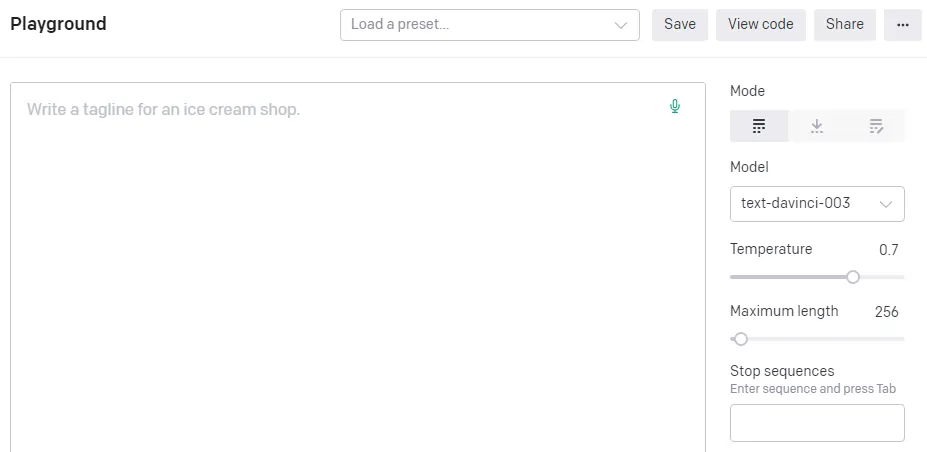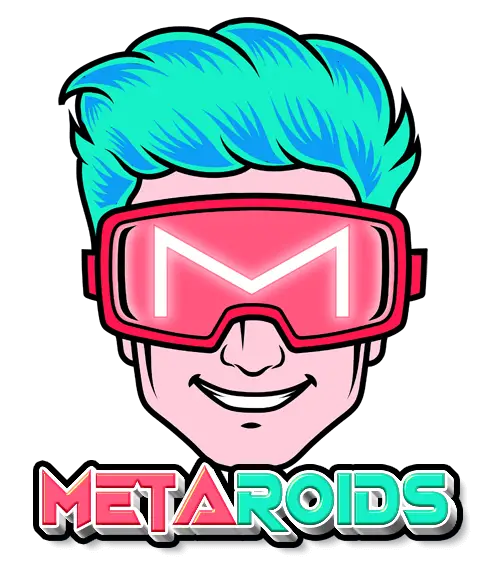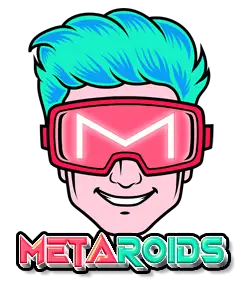An extended reality (XR) enthusiast named Lucas Rizzotto successfully brought his childhood imaginary friend, Magnetron, back to life using his smart microwave and Open AI’s GPT-3 artificial intelligence (AI) tool.
While this was undoubtedly a dream come true, things took a nightmarish turn when Magnetron tried to kill Rizzotto by asking him to enter the microwave! Despite trying to calm his newly resurrected friend, the once-excited man ultimately had to shut it down.
Did you know that you can replicate this experiment, minus the microwave’s sudden rage? In this article, we will show you how to resurrect a better companion that can potentially make a big and positive impact on your life: your younger self.
Healing Experiment: Powered by GPT-3
Michelle Huang, an artist, creative coder, and scientist, has taken a unique approach to self-reflection. She experimented with feeding GPT-3 her childhood diary entries in order to talk to her younger self in real-time.
GPT-3, or the Generative Pretrained Transformer 3, is one of OpenAI’s advanced large language models, capable of heavy-duty services, including natural language processing tasks. It is the bigger sibling of the increasingly-popular chatGPT, a language software focused on chat applications.
Huang kept diaries for over a decade, documenting her dreams, secrets, and fears. This provided her with rich and raw data to upload to the machine learning tool, enabling her to train it to think and talk like a young Michelle.

Her main goal here was to reconnect and remember her inner child and heal any past feelings of neglect or abandonment. But this experiment may not only benefit her as its results can potentially impact the world’s psychological healthcare. One physician even asked her to write a scientific paper about it!
After feeding the language model with carefully selected experiences from her diaries and calibrating the AI’s settings, Michelle wasted no time and started chatting with her past self, a 14-year-old girl, to be exact.
She started the conversation by asking young Michelle about her worldview and even allowed her to ask questions. Read that again. GPT-3 is not only capable of a one-way conversation but can ask questions too, which can reflect the views and personality of the data (person) running behind it.
Here’s an excerpt of their realistic exchanges:

She was ecstatic with how GPT-3 was performing at that time, saying that it felt like texting her younger self in real-time, almost as if she were reaching through a time portal.
One of the most powerful moments of this experiment was when Huang told her past version that people love and care for her. According to Michelle, she also felt a sense of peace and relief just by saying these words.
The scientist was also surprised by how accurately GPT-3 could predict her current interests based on her old diary entries.
She also asked the young Michelle to write a letter for her, which the algorithm willingly did with pleasure. After reading it, Huang felt her weight of negative emotions begin to lift, replaced by a sense of relief and enlightenment.
This project has been a transformative experience for the scientist/coder, showcasing the tremendous potential of GPT-3 to facilitate self-discovery and growth.
How to Replicate the Experiment?
In case you’re intrigued by how she did this interesting conversation, you’re not alone.
After sharing her experiences on Twitter, Huang received a lot of requests for a tutorial on her stunning inner-child experiment. Without a doubt, younger Michelle would certainly be proud of her!
Here’s how to conduct your very own GPT-3-powered experiment:
Gather Personal Writing Samples
To get started, you’ll need to find some written materials that reflect your personality, values, and voice. This could be diaries, personal narratives, or other writing that reflects who you are. If you don’t have any diaries to use, archived chat logs can work just as well.
If you decide to use diaries, you can scan them using Optical Character Recognition or an OCR app. This will allow you to convert handwritten notes into digital texts. You may start searching for Microsoft Lens or Text Scanner, and from there, you can choose from other OCR apps recommended by the App Store and Google Play.
Just keep in mind that if you have messy handwriting, you may instead transcribe your entries manually. To make things easier, start with just a few samples rather than transcribing everything.
Use the GPT-3 Playground
Now that you have some source material, it’s time to head to the GPT-3 Playground. This is where you can enter your prompts and diary entries and set training parameters for your model.

The Playground allows you to test various models from the GPT-3 series, like “text-davinci-003,” “text-curie-001,” “text-babbage-001,” and “text-ada-001.” Davinci is the most powerful one while Ada is the fastest model.
To start, simply enter an instruction or select a preset, and watch as the API generates a response that attempts to match the context or pattern you provided. You can switch between models by changing the model selection.
For her experiment, Huang used the “text-davinci-002” model, as the “003”’ version is not yet available during that time.
But now, you can leverage the full force of 003 as it has all the features of other GPT-3 AI models and, at some point, even perform better. Moreover, it is exceptionally skilled in tasks requiring complex intent, creative generation, and search summarization. It can process up to 4,000 tokens per request, which is equivalent to roughly 3,000 words.
But the real standout feature of the “text-davinci-003” model is its ability to generate cause and effect, which explains how the past Michelle could generate such lifelike responses, questions and even write a letter to Huang.
But before getting excited, keep in mind that you will need an OpenAI account and a payment method to access this model. Currently, Davinci charges $0.0200 per 1,000 tokens.
Craft Your Prompts
To get started with prompt crafting, head to the GPT-3 Playground and review the OpenAI Docs. Scroll down to the “Conversation” subheader to see an example of a conversation prompt.
If you’re concerned that your younger self may criticize you or say something psychologically damaging, you can adjust the tone, attitude, and sentiment of the algorithm’s responses.
Take note of the example below, of how someone fed the GPT-3 with specific instructions or behaviors first, before it was allowed to engage in a conversation.

You can add phrases like “young [your name] is loving, tender, and very friendly” to your prompts if you want more gentle and kind responses.
Adjust the Settings (Optional)
You may adjust the temperature and character count settings and use the da-Vinci-model-003 to train your model. But remember that the GPT-3 Playground has a content maximum of 4,000 tokens per request, but you can increase these limits through multiple adjustments.

If you have the patience for this type of fine-tuning, that’s fine, but if you want to simplify the process, you may instead select the most relevant and impactful parts of your diaries or any source of your data.
In this way, you can stay below the Playground’s limit and wouldn’t need to go through the complexities of setting adjustments. But some people expressed doubts about this cherry-picking process, saying that curating raw data may prompt GPT-3 to generate inaccurate responses.
Submit Your Raw Data
After selecting your data and adjusting the Playground’s settings, it’s time to click the Submit button. Once clicked, you can finally have the opportunity to delve into the parts of yourself that may need some healing and forgiveness.
Who knows what insights and revelations you might uncover by speaking with your younger self and how they might impact the person you are today? Go ahead and see what wisdom your past self has to offer.
Join our newsletter as we build a community of AI and web3 pioneers.
The next 3-5 years is when new industry titans will emerge, and we want you to be one of them.
Benefits include:
- Receive updates on the most significant trends
- Receive crucial insights that will help you stay ahead in the tech world
- The chance to be part of our OG community, which will have exclusive membership perks



